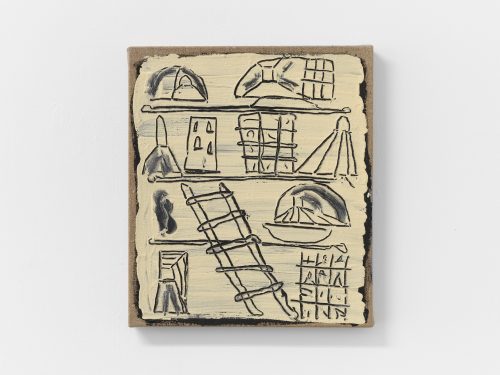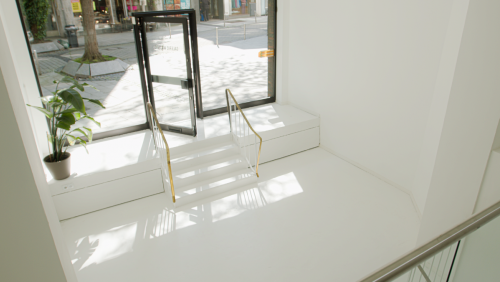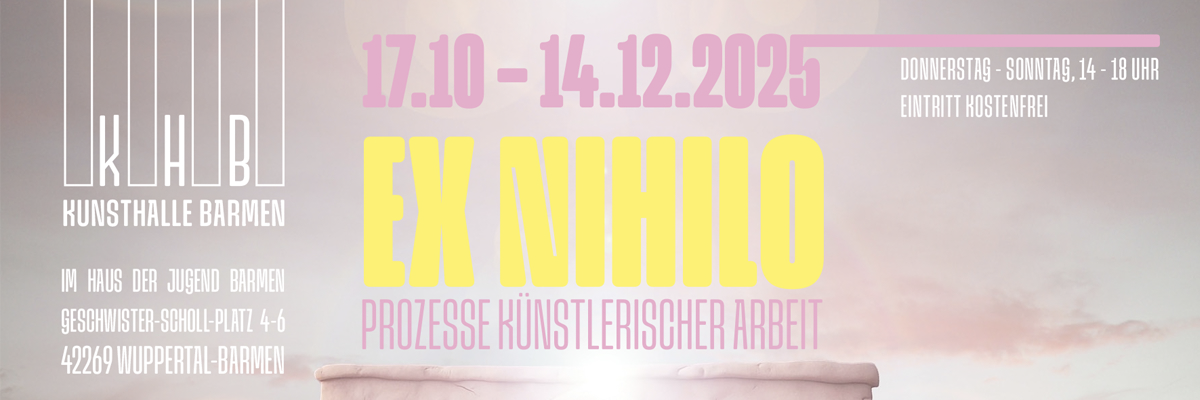
Emma Stern
03 Exhibition
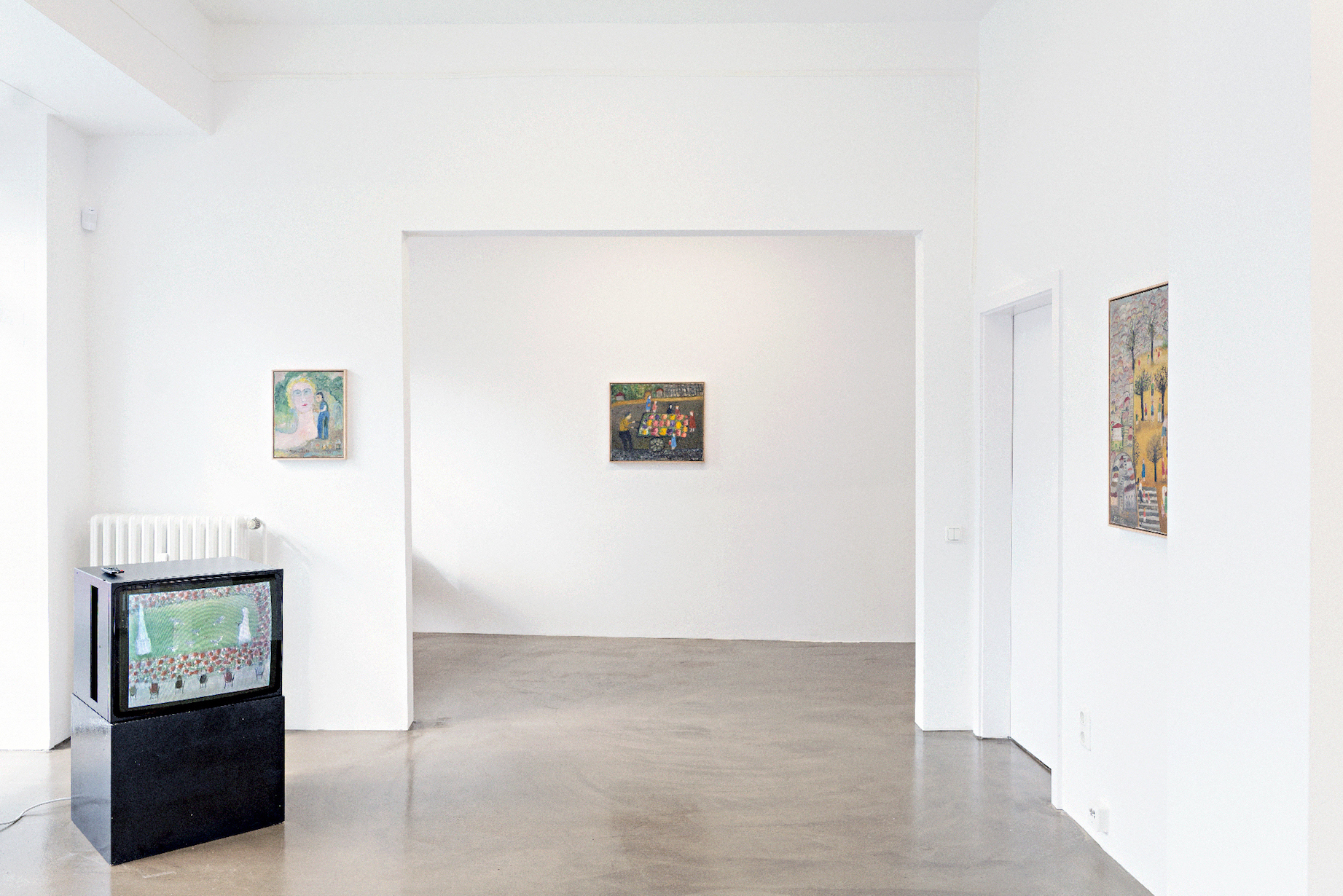
Installation view 03 Exhibition Emma Stern
Advertisement
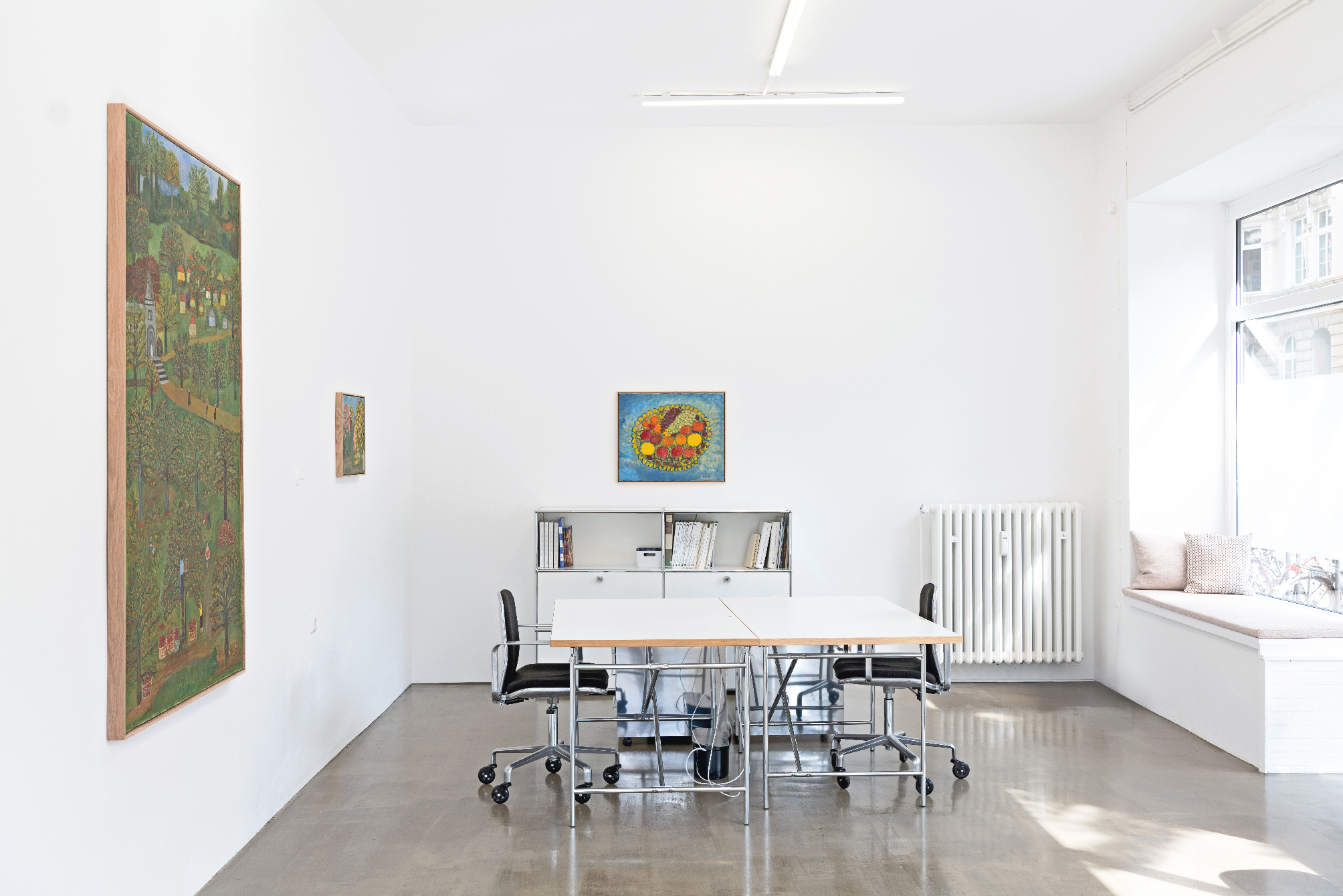
Installation view 03 Exhibition Emma Stern

Installation view 03 Exhibition Emma Stern
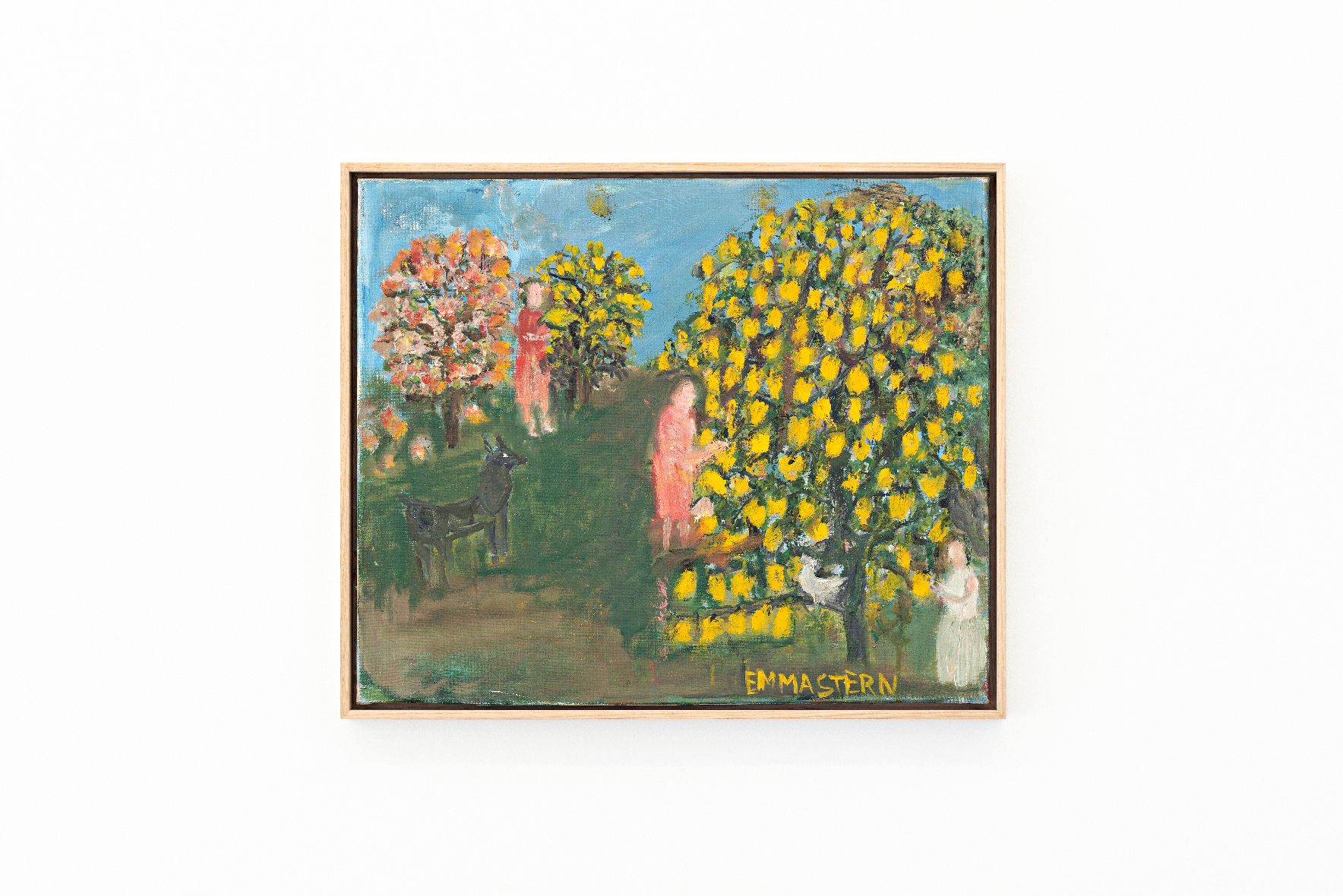
Installation view 03 Exhibition Emma Stern

Installation view 03 Exhibition Emma Stern
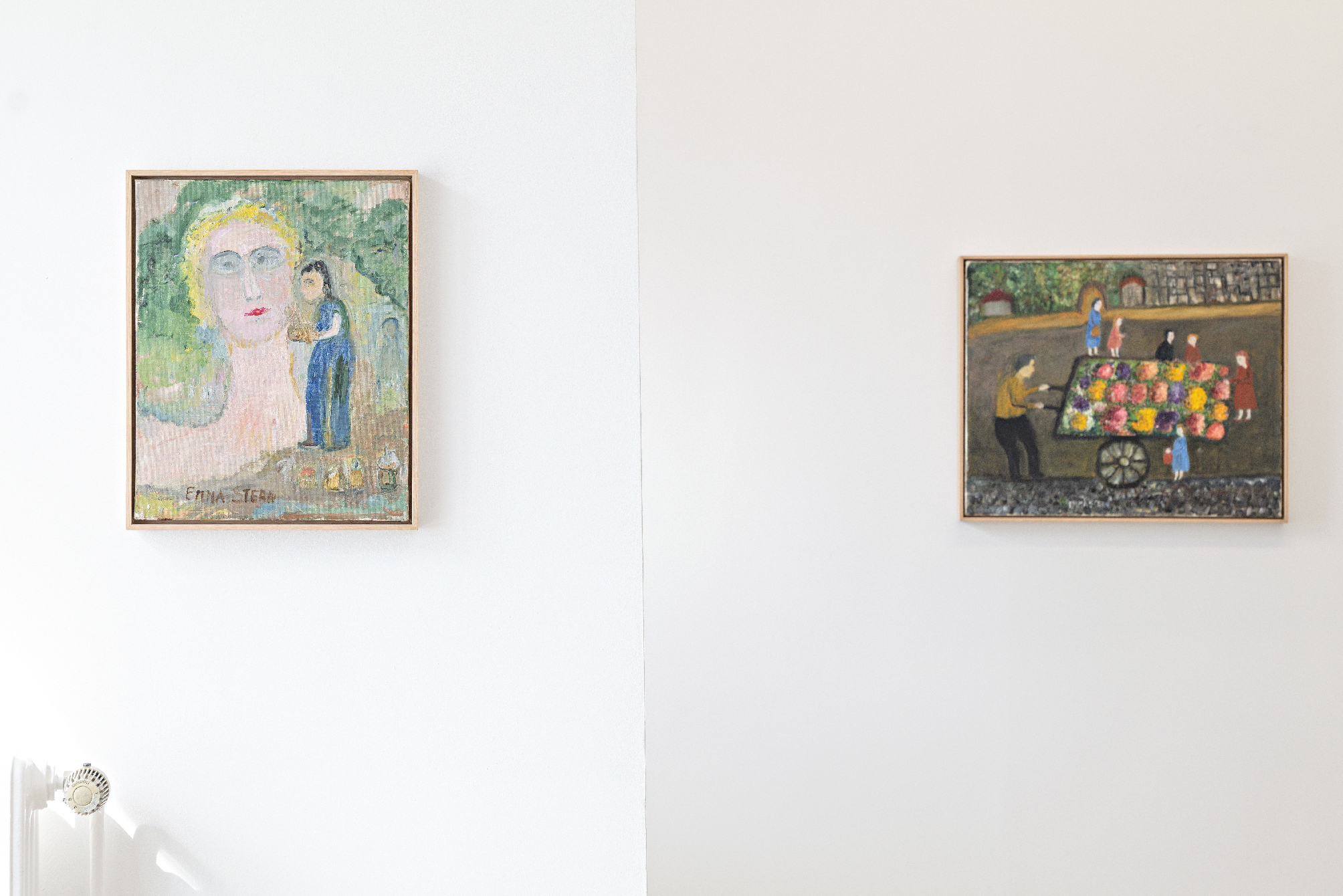
Installation view 03 Exhibition Emma Stern
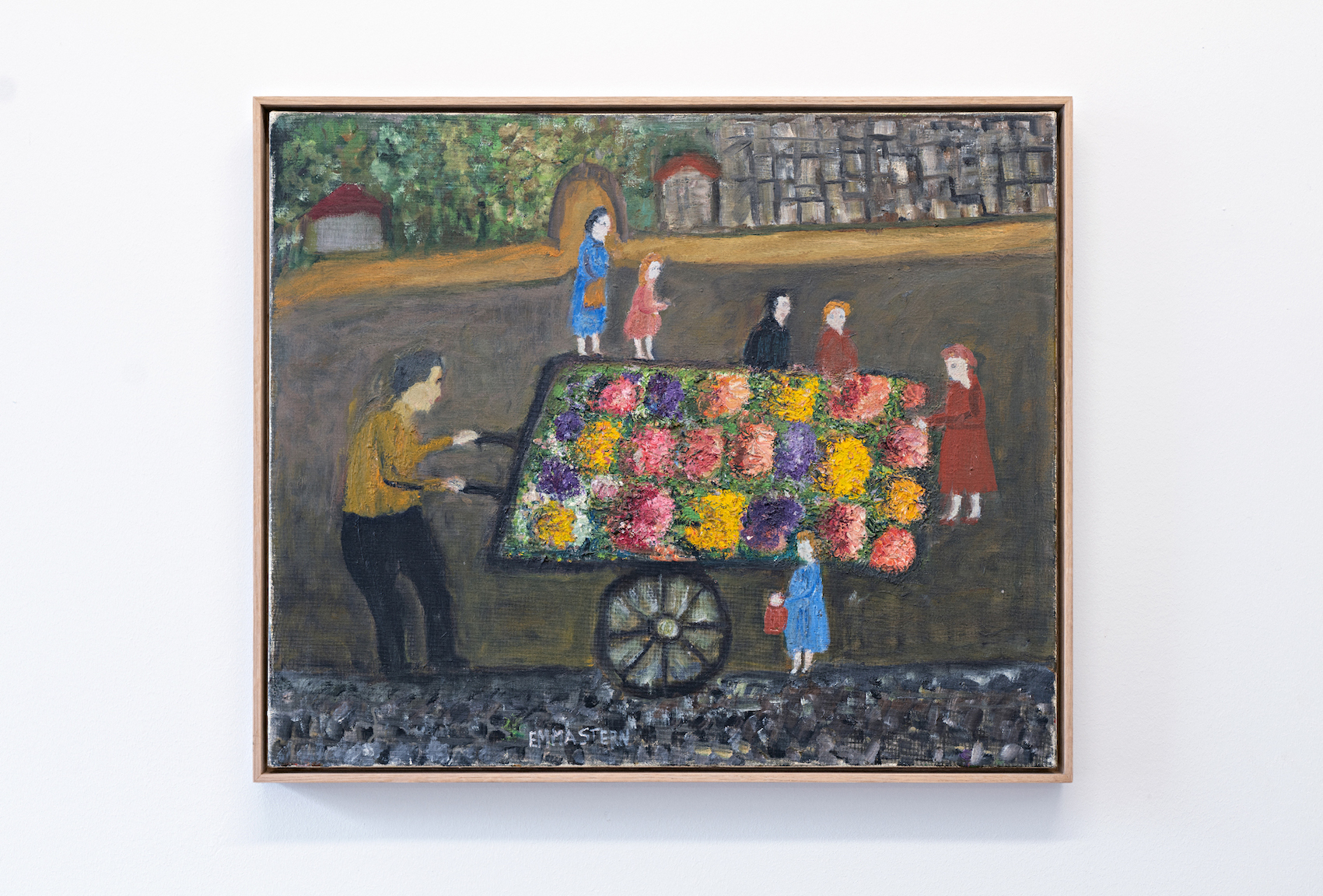
Installation view 03 Exhibition Emma Stern

Installation view 03 Exhibition Emma Stern
Emma Stern paints from memory: the market square in Lebach, the apple harvest, or a village fair, scenes from her childhood and youth—her “happy days,” as she herself puts it. In many works, flowers in luminous colors crowd the frame. The pictures bear witness to her deeply felt love of nature and show the community among which she lived and whose member she was. One exception is the painting Exodus, which stands as a symbol of the apparent idyll’s collapse: it depicts the hasty departure of the Jews of Paris ahead of the arrival of the invading German troops in 1940.
Emma Stern is born Emma Daniel in Sankt Wendel in the Saar, where her parents have a draper’s shop, in 1878. She marries at the age of eighteen, and two years later, she and her husband Julius Stern open a branch of her parents’ business in nearby Lebach. They have four children: Betty, Kurt, Paul, and Ruth. Betty, the eldest daughter, dies when she is only two. Julius and the sixteen-year-old Kurt are drafted to serve on the frontlines of World War I in 1916. Both return from the war in 1918. Two years later, her husband dies of complications from a war injury. From then on, she runs the business together with her children.
In 1935, the Saar is returned to Germany after to a plebiscite; faced with the increasing disfranchisement of Jewish citizens and the boycott against her shop, Stern sells her business. The family is torn apart and forced to leave Germany.
Stern finds refuge in Paris. Kurt and his wife initially emigrate to Palestine, where they survive the Holocaust. Paul also escapes to France but is arrested along the way and, in 1944, deported on Convoi 77, the final train from Drancy to Auschwitz, where he is murdered by the Nazis before year’s end. Ruth, who has moved to France in 1930, is arrested in 1940 and detained in the French internment camp at Gurs. She manages to escape from the camp within months and, probably thanks to contacts in the Résistance, survives the German Wehrmacht’s occupation in the underground. After the war, Stern and her daughter Ruth settle in Paris—they cannot imagine returning to Germany.
Ruth is an artist, and while they vacation together in the south of France in 1948, Emma picks up her daughter’s painting utensils: the instant when, at the age of seventy, she embarks on a life as an artist. She quickly develops her own style. Her early pictures are compositions in delicate colors that she applies to the canvas in gingerly and diligent brushstrokes. Soon, though, Stern grows bolder: she mixes stronger hues and lays them on thickly and in several layers, a technique that lends her works a special depth.
As an assistant to Daniel-Henry Kahnweiler and associate in Fernand Léger’s studio, her daughter Ruth Stern-Salzmann runs in Paris’s artist circles and builds a network. Emma Stern, too, becomes a presence on the scene; her art is talked about. Jean Dubuffet is the first to exhibit her works, in a group show at Galerie René Drouet, Paris, in 1954. In the 1960s and 1970s, her work is shown in galleries on a regular basis, by Bassano, Charpentier, Delpire, and others in Paris and by Aenne Abels in Cologne. Institutional group exhibitions in Mannheim, Munich, and Zurich follow.
Several filmmakers portray the remarkable artist. The documentary short Le temps d’Emma, directed by Liliane de Kermadec and produced by Robert Delpire in 1964, is screened at the Venice Film Festival and wins a Golden Lion.
Until her death in 1969, Stern creates an outstanding oeuvre encompassing around five hundred works. The picture Emma’s Door (1956), which takes the beholder to the rural idyll of the apple harvest, hung on the door of Stern’s room. It renders a look back at a distant memory while exemplifying the distinctive style of an artist whose life was far from arcadian and left no room for ostensibly naïve yearnings.
The exhibition presents Emma’s Door and six other works by the artist from the Zander Collection as well as Liliane de Kermadec’s film.
Emma Stern is one of only a handful of women artists in the Zander Collection. Charlotte Zander exhibited her works at her Galerie Charlotte in Munich in 1976, 1987, and 1990 and at fairs like Art Cologne and Art Basel on a regular basis. Between 1996 and 2020, her works were on view as part of the permanent exhibition at Museum Charlotte Zander at Schloss Bönnigheim.
We sincerely thank Anne de Kermadec and Sarah Moon for the opportunity to screen the film.


